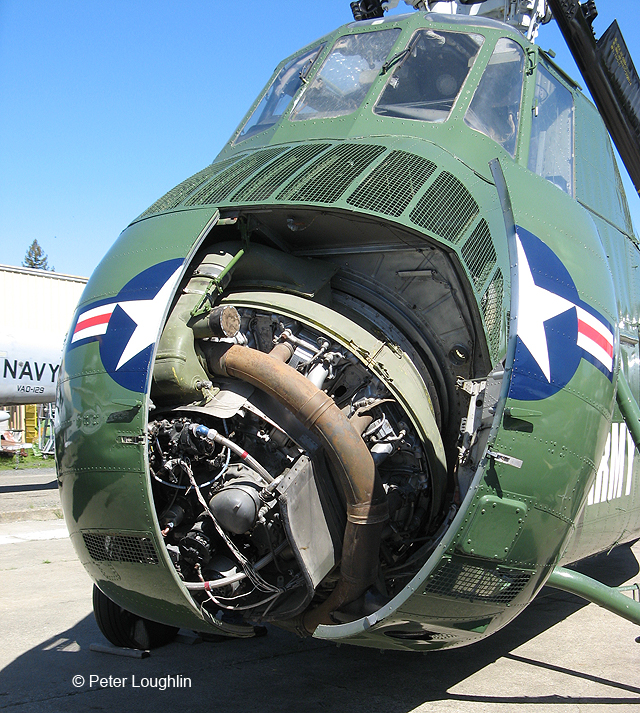Turbine blades were hollow, and passages fed fresh air to the blades in order to cool them. Allows for turbines being far less susceptible to the hot exhaust gasses' temperatures, that in return allows placement of turbocharger next to the engine, rather than to some location feets or yards away. That again means that designer need to allocate far less of internal volume to the propulsion system, meaning smaller and lighter aircraft that will perform better. Germans employed such system on the BMW 801J engines, used on Ju-388, plus on some of their jets (meaning that expensive and hard-to-come-by metals were not needed). Ford proposed the system for their stillborn V-1650 V12 engine (not to be confused with Packard Merlin V-1650). Bell proposed a version of P-63 with same turbocharger from the Curtiss SC, remained in 'paper stage'.
A retrofit of such turbo on existing A/C with turbocharger will probably not give the same results as with aircraft designed from ground-up for that, since there will not be any 'shrinking' of the resulting A/C. With P-47, there is also a thing of re-ballancing the aircraft. Retrofitting on, say, P-40, P-51, F4F/F2M and/or A-20 would've been a good thing IMO.
Thanks, that is quite interesting. How robust and long lasting do you think the hollow turbine blades would be? I think even with internal cooling they would still be slowly damaged by the high temperatures and eventually weakened. The Allies were using the advanced alloys anyway so they could've built turbines with hollow air-cooled blades using those metals. Get the best of both methods. That would make for tougher, longer lasting and better performing turbines.

